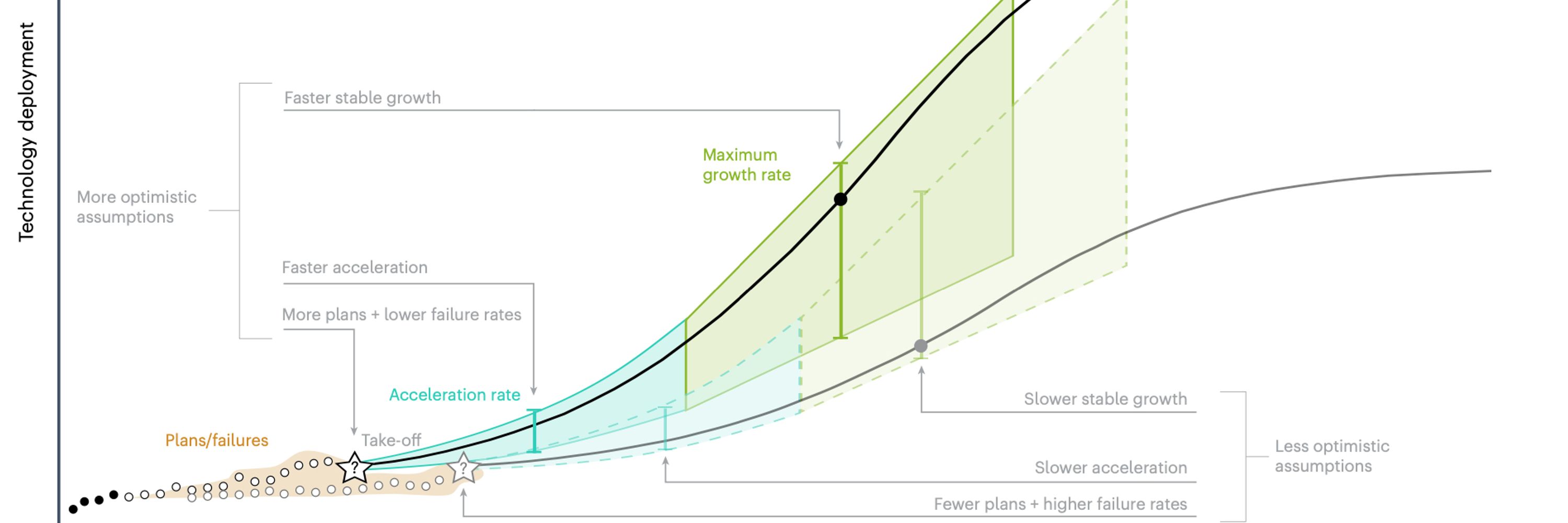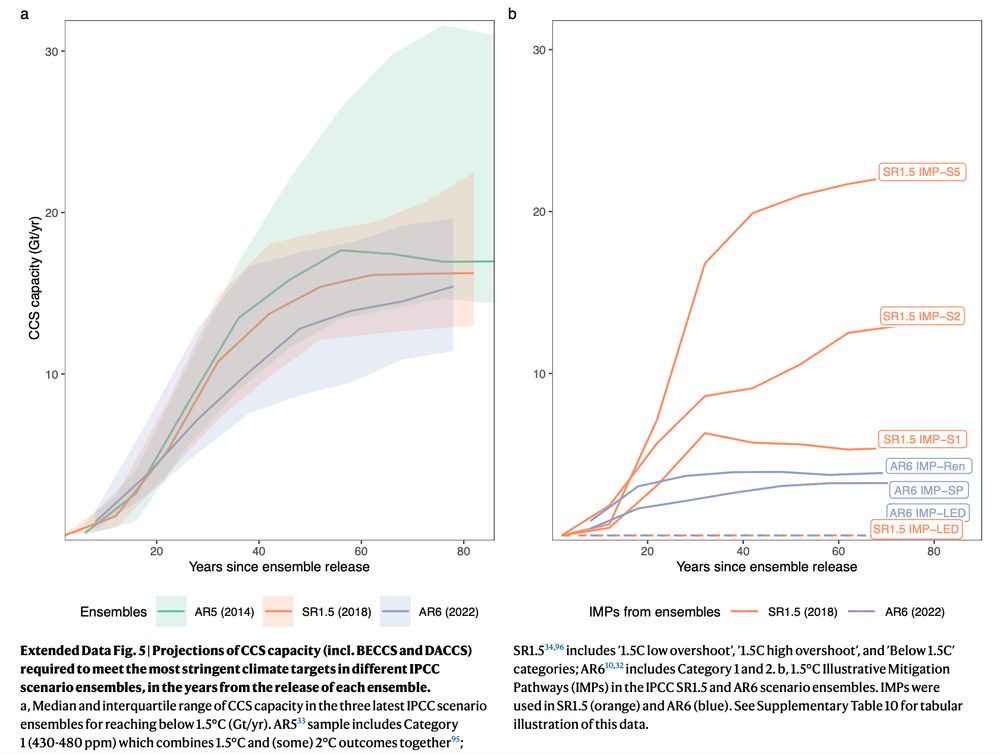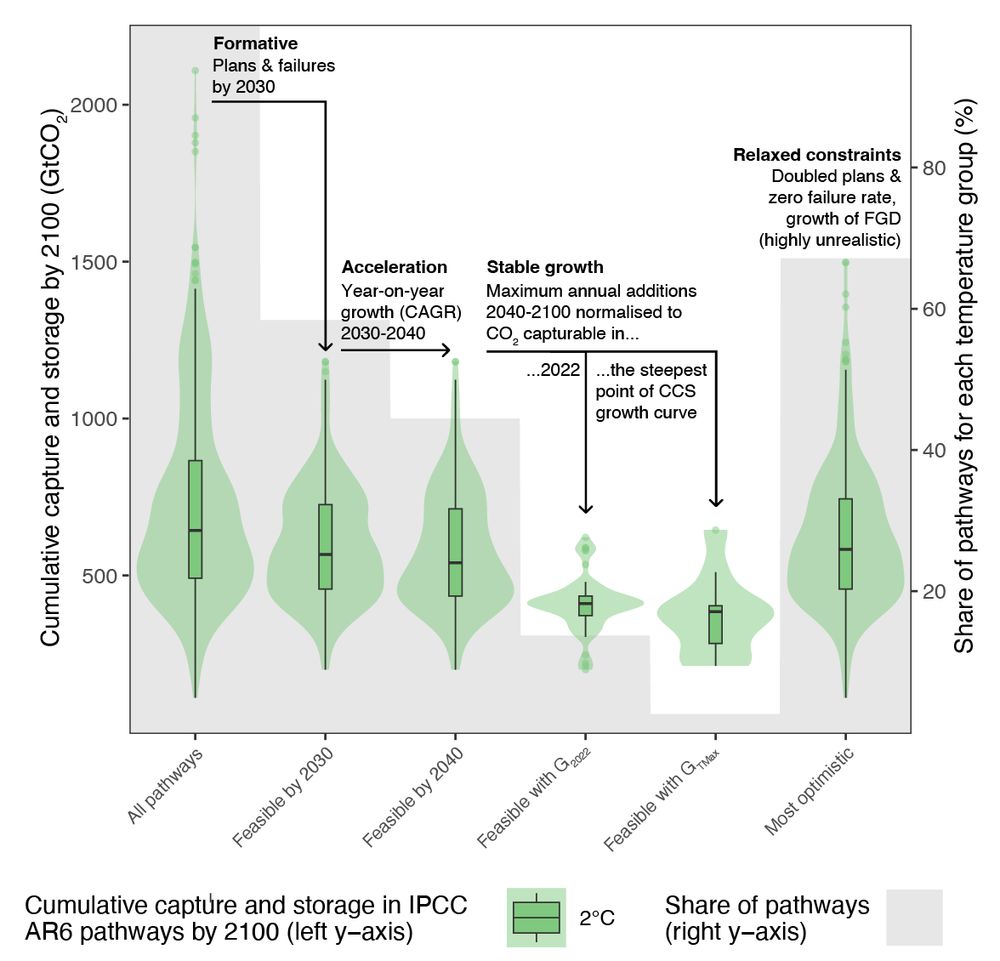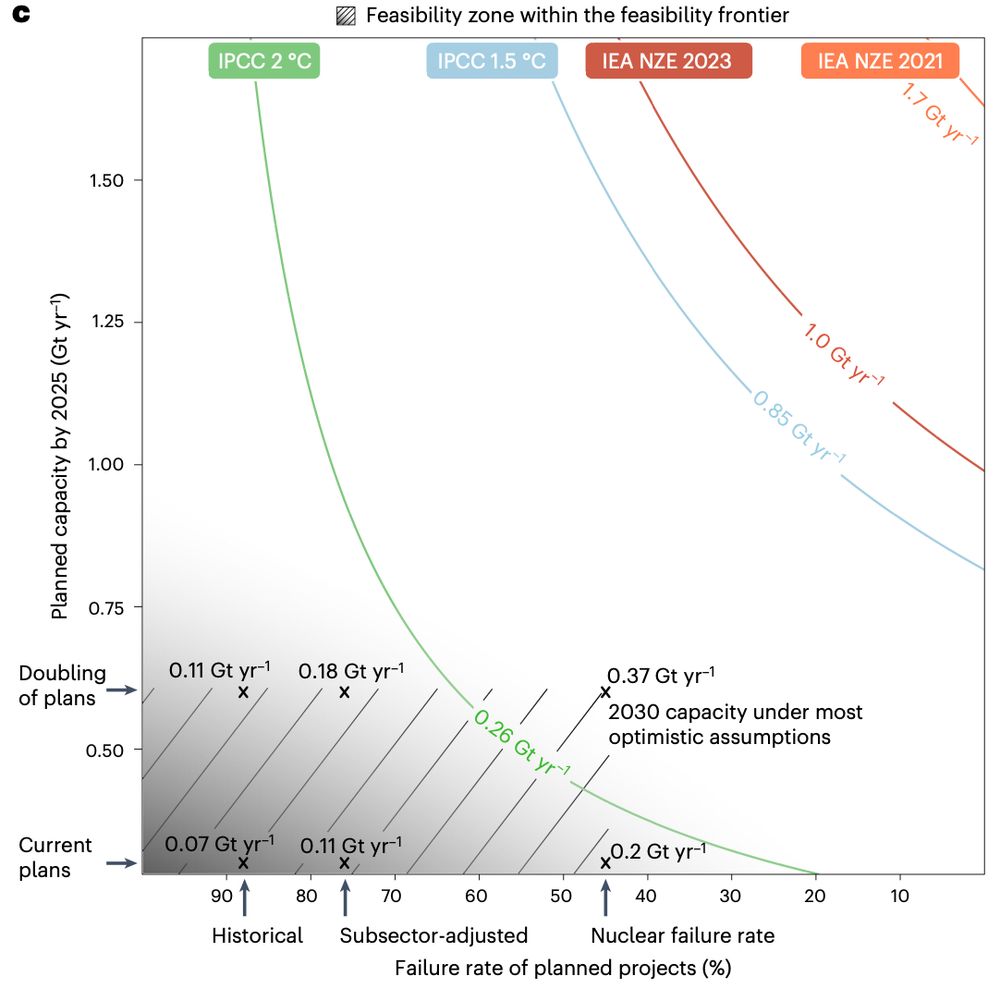Jessica Jewell
@jdjewell.bsky.social
1.6K followers
34 following
14 posts
Finding feasible solutions to climate change. Enamoured of science.
Posts
Media
Videos
Starter Packs
Reposted by Jessica Jewell
Reposted by Jessica Jewell
Jessica Jewell
@jdjewell.bsky.social
· Dec 11
Jessica Jewell
@jdjewell.bsky.social
· Dec 9
Jessica Jewell
@jdjewell.bsky.social
· Nov 19
Jessica Jewell
@jdjewell.bsky.social
· Nov 19
Jessica Jewell
@jdjewell.bsky.social
· Nov 19
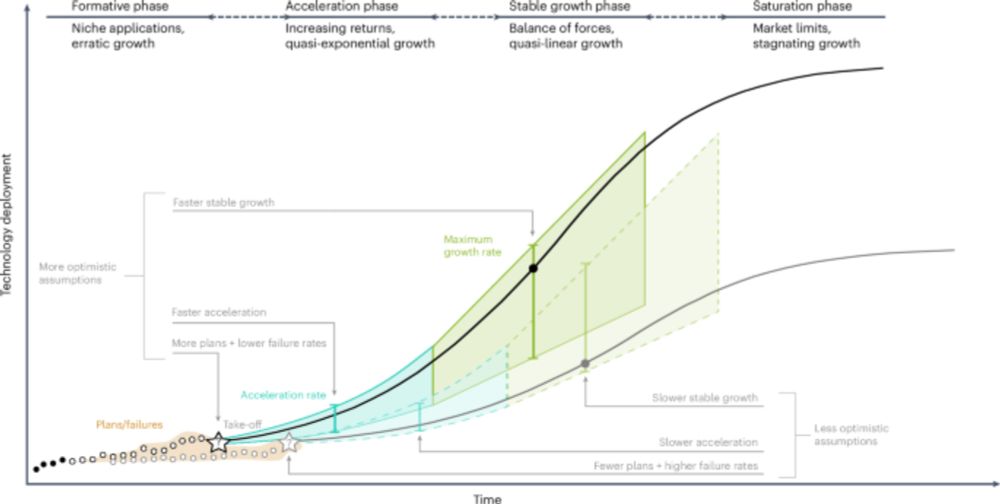
Feasible deployment of carbon capture and storage and the requirements of climate targets - Nature Climate Change
Carbon capture and storage is a key component of mitigation scenarios, yet its feasibility is debated. An analysis based on historical trends in policy-driven technologies, current plans and their fai...
www.nature.com
